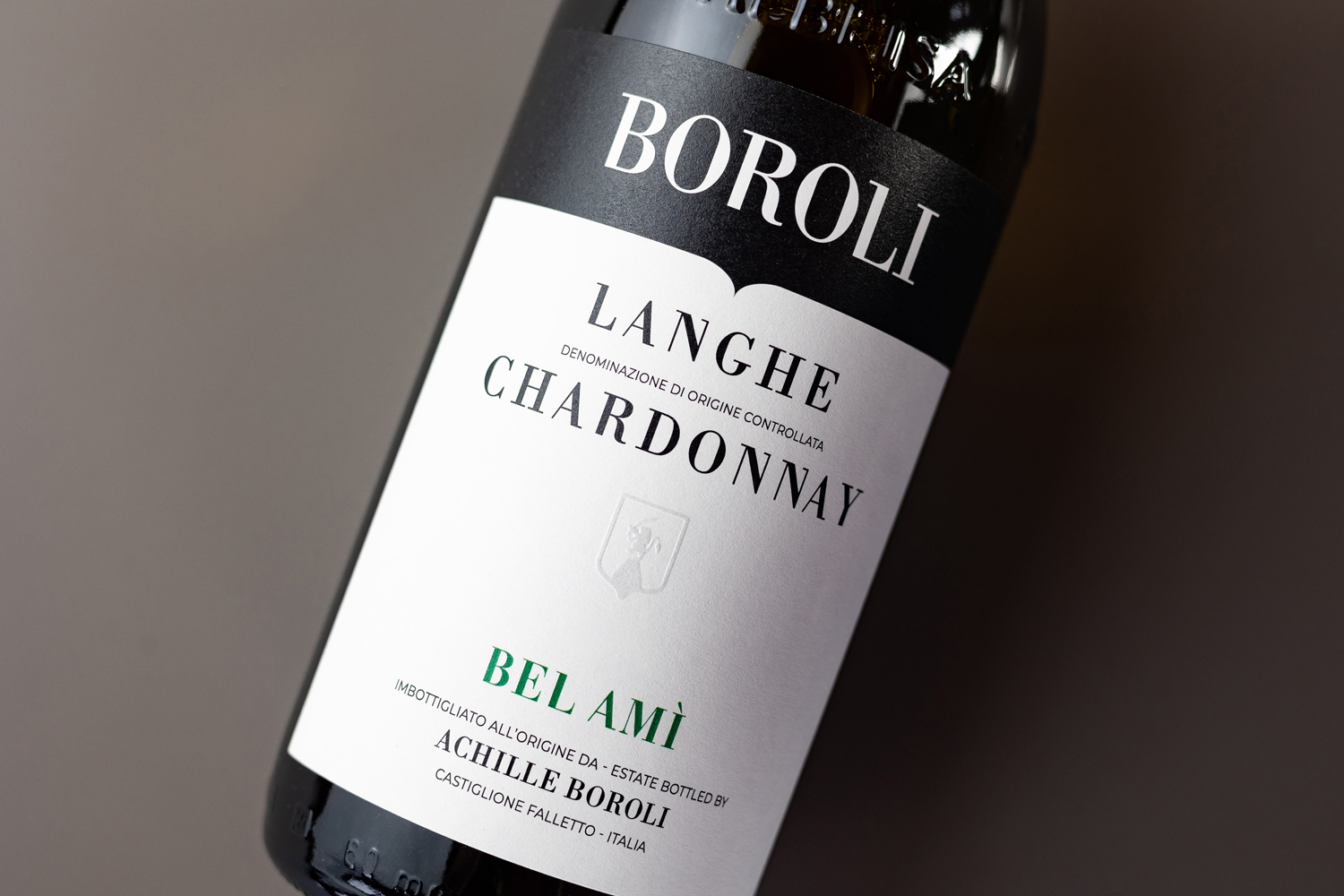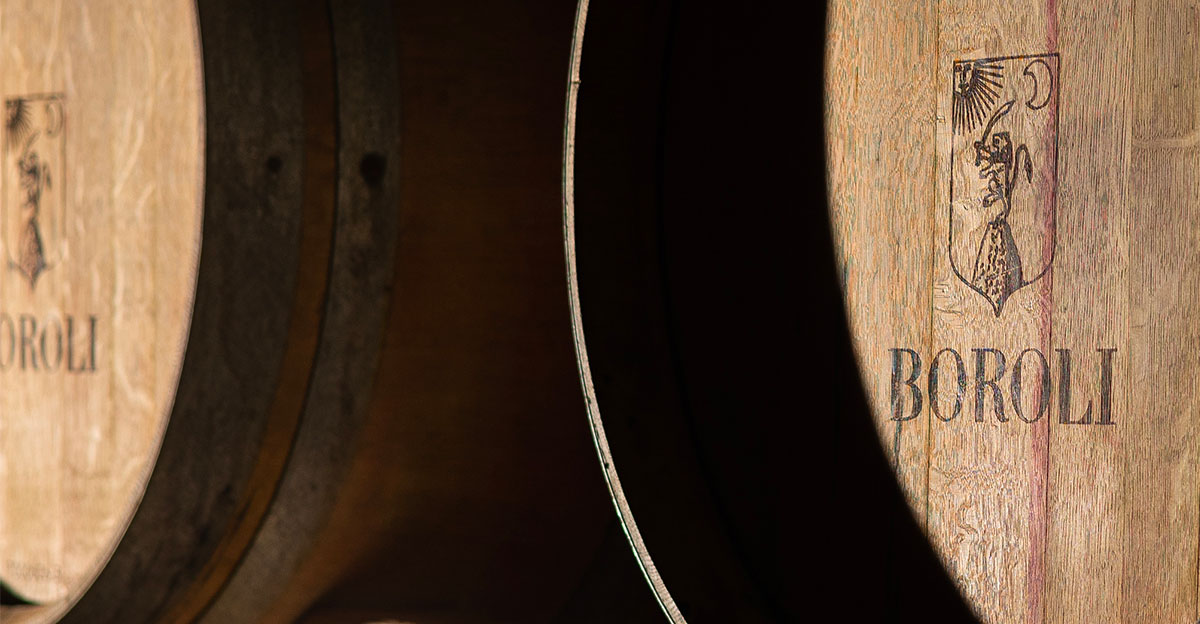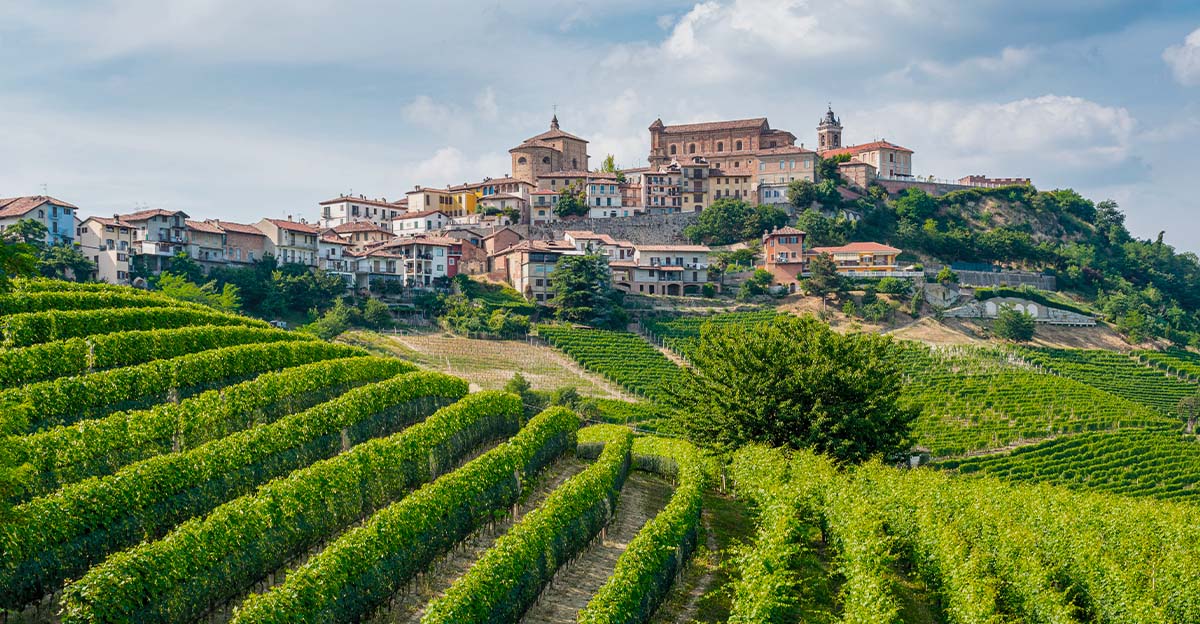Discovering Chardonnay and piedmontese white wines
The Piedmont region is renowned for its production of high-quality wines. While it is famous for its prestigious red wines such as Barolo and Barbaresco, it also boasts a rich tradition in the production of exceptionally elegant white wines. In this article, we will explore the distinctive characteristics of Piedmontese white wines, their production, and the main grape varieties used.
Still white wines: elegance and complexity
The production of still white wines in Piedmont is a synonym for great winemaking skills and meticulous attention to quality. These wines are obtained through the fermentation of grape must, followed by a bottle aging phase. The goal is to create wines that best express the characteristics of the grape varieties used, as well as the region’s terroir, cultivation methods, and climatic peculiarities. But what are still white wines? Piedmont offers a variety of indigenous grape varieties, among the most renowned of which is Cortese, used to produce the celebrated Gavi. Gavi is a fresh and vibrant white wine with fruity and floral notes. Another prestigious grape variety is Arneis, which yields wines with complex structure and intriguing aromatics. Piedmont’s still white wines are widely appreciated for their balanced structure and refined aromas. One can detect hints of fresh fruit, such as white peach and green apple, accompanied by notes of white flowers and a subtle hint of almond. Their complexity further develops with bottle aging, revealing layers of more intricate aromas and pleasant minerality. The artisanal production, the grape varieties used, and their aromatic complexity make them an ideal complement to Piedmont’s renowned winemaking tradition.






